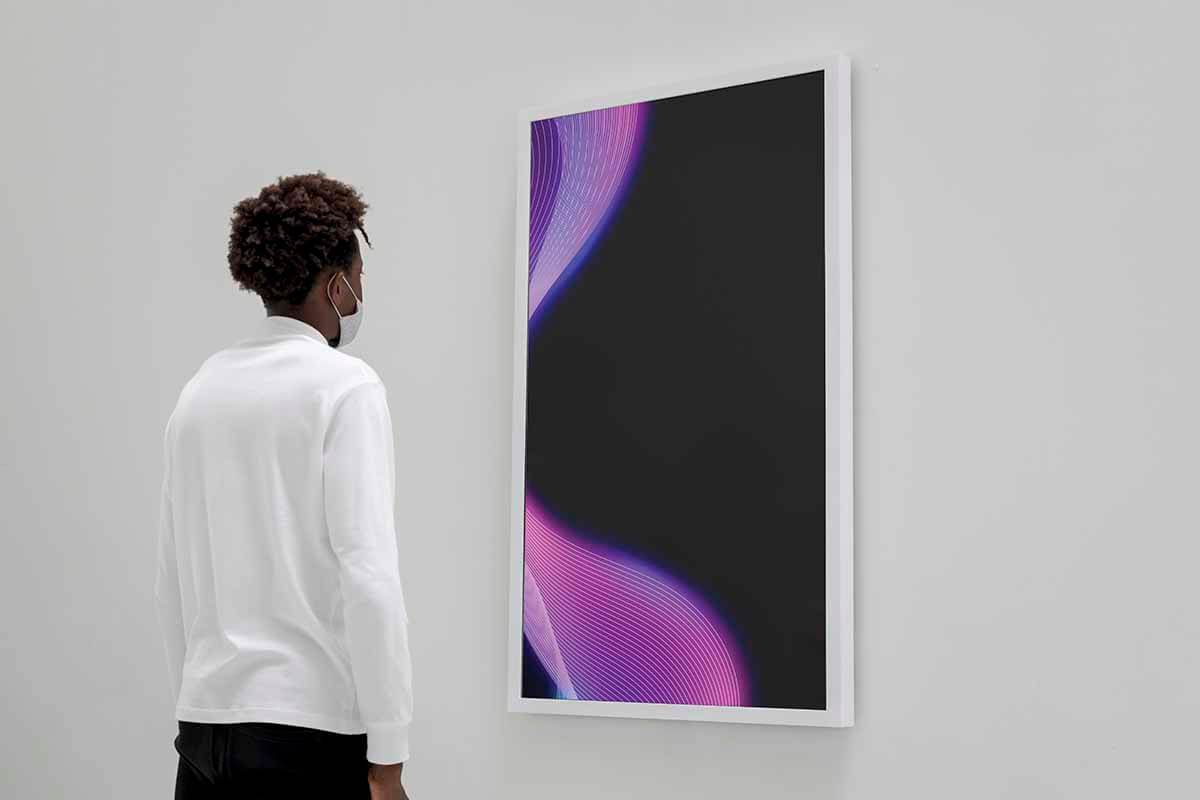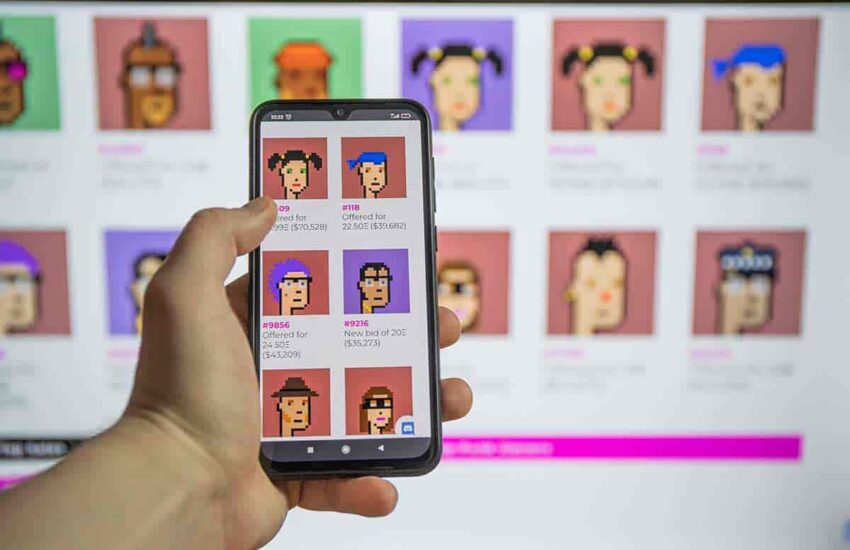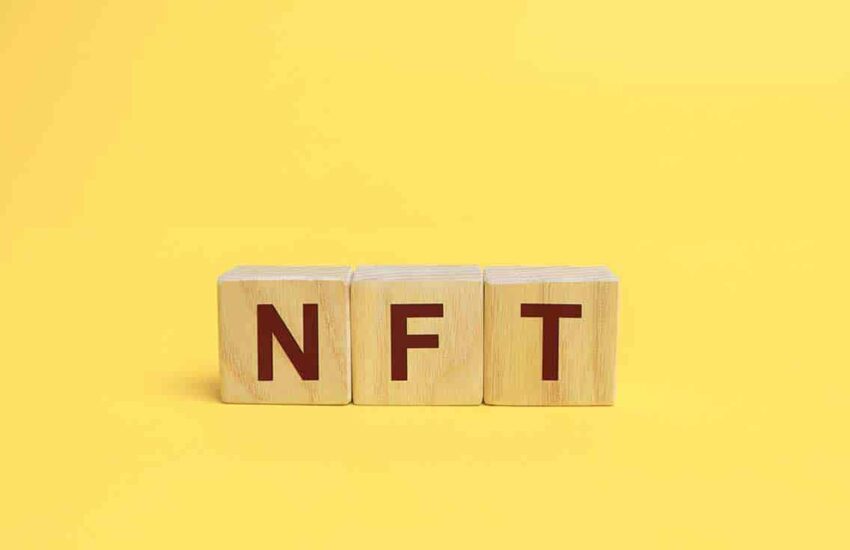NFT Art Explained as Simply as Possible
Even though NFTs (Non-fungible tokens) have been around since 2014, they are hitting the art world by storm right now, and many people are wondering whether they are here to stay or not. NFTs makes it easy for digital art creators to sell items that otherwise would not find a market for it.
If one creates GIFs, in-game items, art, or memes, NFT is the best way to sell these digital items. Even though people can screenshot your art on the internet and try to pass it as theirs, the quality will never be the same. NFT has blockchains with records of ownership and copyright to prove who the real owner is. It makes one prove an item is originally theirs when selling it to a buyer, and what buyer does not enjoy exclusivity?
Once a seller has purchased an NFT art, they can use it as profile pictures, or however, they please, and even sell it to another buyer. No matter how many hands the NFT art changes, it will always have the copyright to the original creator, and if they put it in the proper settings, they will always earn from it whenever it changes hands.
The NFT World
Well, apart from Nyan Cat being sold and one of the Twitter founders selling his autographed tweet as NFT, there has been lots going on in the NFT world, especially this year. Grimes is getting millions of dollars for NFT, and every creative person has learned about this new world that allows them to get buyers for their digital art.
NFTs offer artists a platform to sell work that otherwise might not have a market. For example, if you have e-tickets for an event and need to resell them, it can be easy to get a platform to sell those. But if you have a video game character that you need to sell, that can be a little bit difficult. NFTs allow anyone to sell these digital pieces that otherwise have no specific platform to sell while still crediting the creator.
NFTs work in such a way that the creator can put a feature in their digital product that allows them to get a certain percentage of earnings whenever their pieces get resold. So, if you are a creator, and someday your pieces blow up and sell for millions, you will still get a percentage of it.
Buyers also get a platform where they can support their favorite artists, but you will also get some rights to the items you have bought, allowing you to use them online as you wish and earn bragging rights to it. Later on, you can resell these products and get more money off them.
If you are a collector, NFT art is something you can collect, just like any other physical piece of art. You can use this as a speculative asset and hope that its value will go up in the future, and you can resell it to gain some profit.
NFTs offers a lot of security to both the buyer and seller. Even though someone can screenshot your work, they will never be able to have bragging rights to it. NFT art is built on an Ethereum blockchain. Ethereum is a lot like dogecoin and bitcoin. But unlike those two, each NFT is unique. Once you have sold/bought an item, it gets recorded on the blockchain, and no one can duplicate it. Only the owner who has bought it has the rights and can easily prove it.
What is an NFT?
Non-fungible token. That doesn’t explain much now, does it? To understand non-fungible tokens, we first need to get a grip of what fungible means. Fungible items mean that you can exchange them for another as they are of the same value—for example, money. You can give out a $100 bill for two $50 bills, which would be of the same value. Another fungible item is Bitcoin. You can exchange one for the other.
Non-fungible items tend to be unique. You can’t replace one with the other or by anything else.
NFTs are under Ethereum blockchains where it keeps a record of ownership from one buyer to the next while still maintaining the credit to the original creator or artist. NFT is a way of owning the original data image. So even if people make copies, no one will ever be able to get the rights to the photos like the original owner.
In the same way, everyone is hailing Bitcoins as the digital answer to finances. Likewise, NFTs are the digital answer to collectibles.
What does NFT mean?
Let’s put in an example to help expound on this topic. The original Monalisa painting is valuable precisely because it’s one of a kind, and there’s only one original painting. Anyone who would own it will have to empty their pockets to get that painting.
But, when it comes to digital art, people can easily and endlessly duplicate them, just like cryptocurrency, which owns stored data on a shared ledger, also known as a blockchain. No one can forge these ownership records because the ledger is maintained by thousands of computers worldwide, making it impossible to forge information.
Every time someone sells an NFT, the new ownership details get added to a new chain in the blockchain; this ensures that the history of that particular NFT remains intact and ownership is secure. Each NFT token has a unique identifier too.
What is NFT art?
Unlike a painting in a gallery store that you can touch and see, an NFT art is a digital asset that entirely exists in the digital universe. The moment you purchase NFT, there is no way you can touch it or have it with you physically. These are precisely unique digital art forms.
NFT comprises in-game items in video games, domain names for a website, unique collectibles, stickers, badges, memes, digital artwork, etc.
All the above items are in digital form only, and NFT helps buyers and sellers get a platform to access these items. It also helps in keeping records to help provide buyers with the authenticity of the item while maintaining copyrights to the art the original creator has sold.
Unlike in the past, where people could steal memes and GIFs, NFT has offered a way for these great artists to get recognition for their work. As it progresses, this might even help prevent people from making other people’s digital items their own and failing to give them their credit for the hard work they endured to create these items.
The value of NFT art, just like any other art form, is determined by society standards and the scarcity of that specific item. The more an item is on-demand, the higher its value. For example, in 2017, John Watkinson and Matt Hall created 10,000 unique characters. The project was named Cryptopunks.
Cryptopunks contained unique images of zombies, apes, and even aliens. These images were tokenized as NFTs on the Ethereum blockchain. Ethereum wallet owners grabbed up 9000 of those CryptoPunks, and Larva Labs held the remaining items. In 2020 and 2021, the secondary market value of CryptoPunk rose to hit the roof, leading to multi-million dollar sales in NFT. As of September 1st, 2021, CryptoPunks is responsible for over $1.18 billion in total trading volume.
Where can I find NFT Art?
There are many upcoming platforms on the internet where you can easily buy NFT art. These include:
- KnownOrigin
- Nifty Gateway
- Super Rare
- Foundation
- Zora
- AssyncArt
- OpenSea
- Rarible
- MakersPlace
- Mintbase
- Mintable
- Terra Virtua
What kind of NFT art is out there?
- Artwork: A lot of digital artwork is sold as NFT. Most of the art sold as NFT is mostly programmable art which emphasizes unique creative art and technology. When artists use oracles and smart contracts, they can create images represented on blockchain networks. The types of NFTs in artwork ensure that users can easily register real-world artwork on a blockchain network. Using NFTs for artworks also helps users easily find the history of the artwork, including the previous prices and ownerships.
- Collectibles: CryptoKitties was the first online collectibles used as NFTs. Upon launch, they became trendy in 2017 and congested the Ethereum network. In the NFTs list, CryptoKitties are among the top digital collectibles. CryptoKitties are digital kittens that have distinct traits making them popular and favorable over others.
- Event tickets: Event rockets are a promising addition to NFTs. These NFTs could allow people attending a particular event to verify their identity and tickets. Event managers could create a certain number of tickets for an event on a blockchain platform. Customers could purchase the tickets and store them in their wallets, easily accessible on the phone.
- Music and media: Music and media files can be easily linked in NFTs, which allows the creator full copyright and access over the files but can still sell them. Platforms that will enable music and media as NFTs are Rarible and Mintbase. People love exclusivity, and upon purchasing music, your audience gets premium access to your music.
- Gaming: There are lots of in-game items that are common in NFT. NFTs have provoked a lot of interest in game developers. In-game items in NFT introduce an array of benefits for players. While in-game items are suitable for your game, NFTs make them better as you can resell the item outside the game, getting more money if it is in demand.
- Real-world assets: There currently aren’t that many real-world items up for sale as NFTs, but as it keeps growing, NFTs will bring about the tokenization of real estate and luxury goods. NFT deeds can allow one to easily purchase a car or house and have cryptographic proof of ownership.
- Identity: The main trait of NFTs is how unique and interchangeable they are with other tokens. This means people can use them as unique identifiers for identity management systems. These could be used in certification and licensing. Identity-based NFTs could also ensure storage of identity with evidence of it without risk of losing it.
- Domain names: Recently, people have been selling domain names as NFTs. You can purchase domain name NFTs on Unstoppable Domains and Ethereum Name Service.
- Memes: As an advancement, people can now sell memes as NFTs. The selling of memes as NFTs now allows creators to have their platform and earn from their hard work.
Conclusion
Non-fungible tokens are currently on the rise, and any artist will benefit from using their platform to sell their art. NFTs have introduced the best way for creators to earn a living from their items and get credit for these items no matter how many hands these items change. This new type of blockchain is here to stay and will benefit many.



